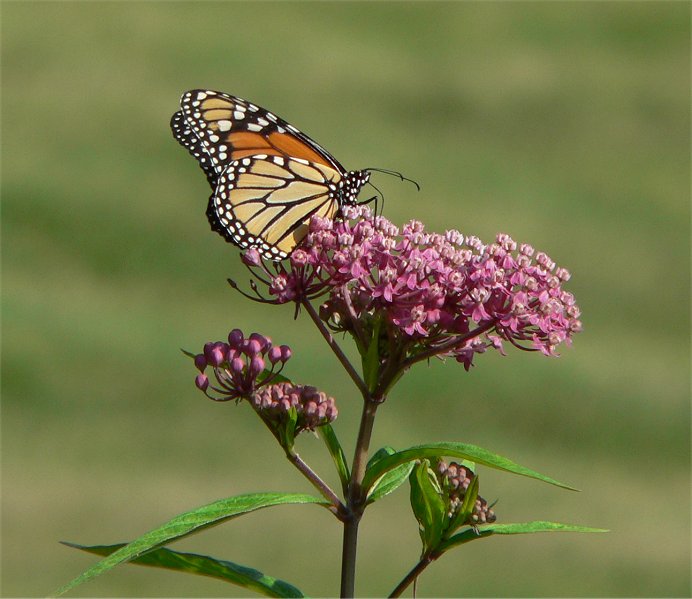Roses are beloved for their beautiful, showy blooms, but occasionally, rose growers encounter a peculiar issue with their buds: bullnosing. In a recent video, Jason from Fraser Valley Rose Farm delved into this topic, sharing his observations and insights on why it happens and what it means for gardeners. While this issue can look alarming, it’s neither a disease nor a pest problem. Instead, bullnosing is a physiological response to environmental conditions.
What is Bullnosing in Roses?
Bullnosing occurs when rose buds develop abnormally, appearing flattened or distorted rather than forming their typical pointed shape. At first glance, this issue might be mistaken for physical damage, such as a rabbit nibbling the buds. However, Jason clarified that bullnosing is purely a growth-related problem and not the result of external forces.
The key to understanding bullnosing lies in its connection to temperature fluctuations. When roses experience warm daytime temperatures followed by cool nights, it can interfere with the normal development of flower buds. In Jason’s greenhouse, this combination of temperature extremes causes the roses to struggle in deciding whether to bloom, resulting in a partially aborted flower.
A Closer Look at Proliferation
A related phenomenon Jason mentioned in his video is proliferation, which sometimes accompanies bullnosing. Proliferation occurs when new foliage begins to grow from the center of the malformed bud, almost as if the rose is attempting to grow a flower within a flower. While these symptoms may appear unusual or concerning, they are still not indicative of a pest or disease issue. Like bullnosing, proliferation is simply a response to environmental stressors.

Why Bullnosing Happens Early in the Blooming Cycle
Jason pointed out that these issues are most common in greenhouses during the early stages of the blooming cycle. Greenhouses often amplify day-night temperature swings, especially in the cooler months when sunny days create warm daytime conditions but nights remain chilly. Roses, responding to this inconsistent environment, can exhibit bullnosing or proliferation as a result.
Outdoor roses may occasionally display similar symptoms, especially in regions with sharp temperature changes during the growing season. However, these issues are much less common in outdoor settings compared to the controlled, fluctuating conditions of a greenhouse.
What Should You Do About Bullnosed Buds?
The good news is that bullnosing and proliferation don’t harm the overall health of your rose plant. Jason emphasized that there’s no need to worry about these issues or take drastic action. If you encounter bullnosed buds, you have three simple options:
- Remove the Affected Buds: Prune them off to tidy up the plant and encourage new, healthy growth.
- Leave Them Alone: The plant will continue growing and eventually produce new blooms unaffected by the issue.
- Share Your Discovery: As Jason jokingly suggested, you can even make your own video to share this fascinating quirk of rose growing with fellow gardeners!
Key Takeaways for Gardeners
Bullnosing and proliferation are physiological responses to environmental conditions, not signs of disease or pest damage. They often occur early in the growing season, particularly in greenhouses or areas with large temperature swings between day and night. While these growth abnormalities can look odd, they are harmless to the plant and will resolve as temperatures stabilize.
Understanding phenomena like bullnosing can help gardeners avoid unnecessary worry and appreciate the complex ways roses respond to their environment. Thanks to Jason’s expertise, rose enthusiasts can recognize and navigate these quirks with confidence, ensuring their gardens continue to thrive.






